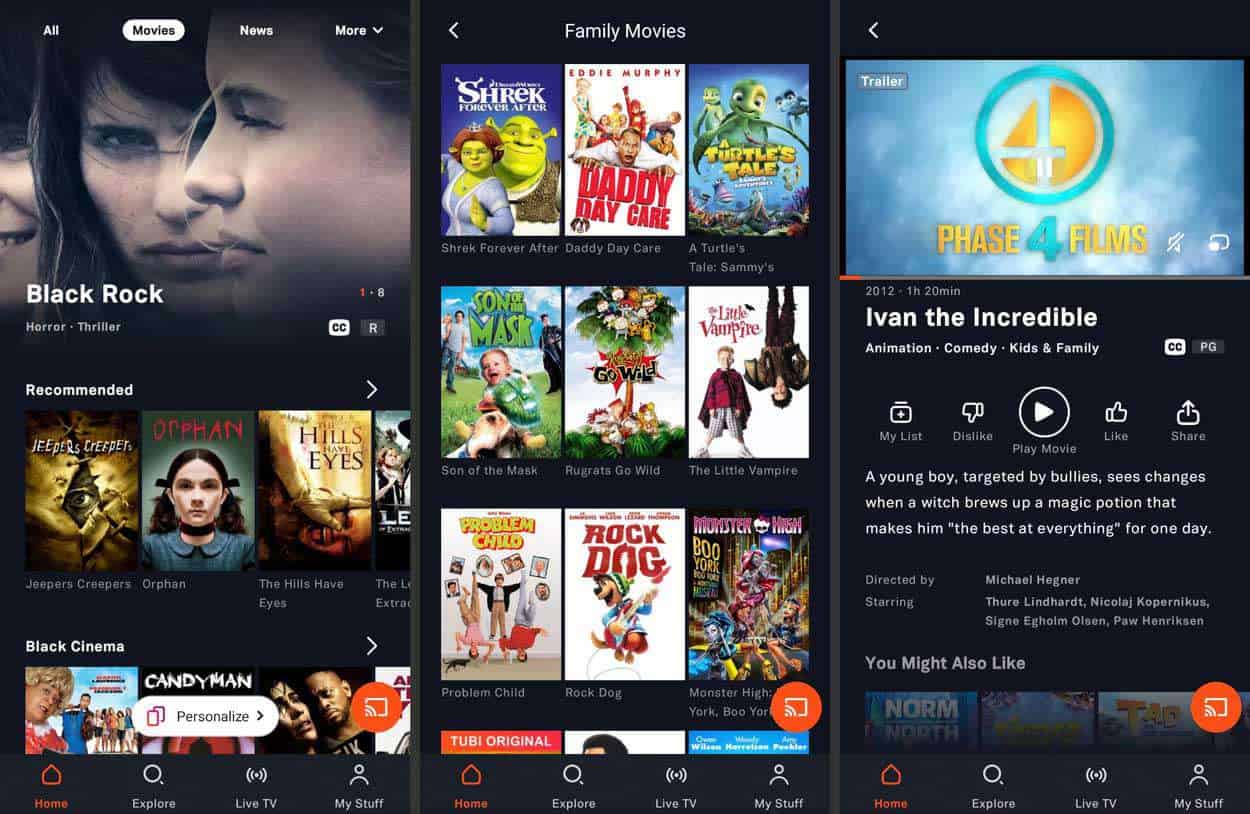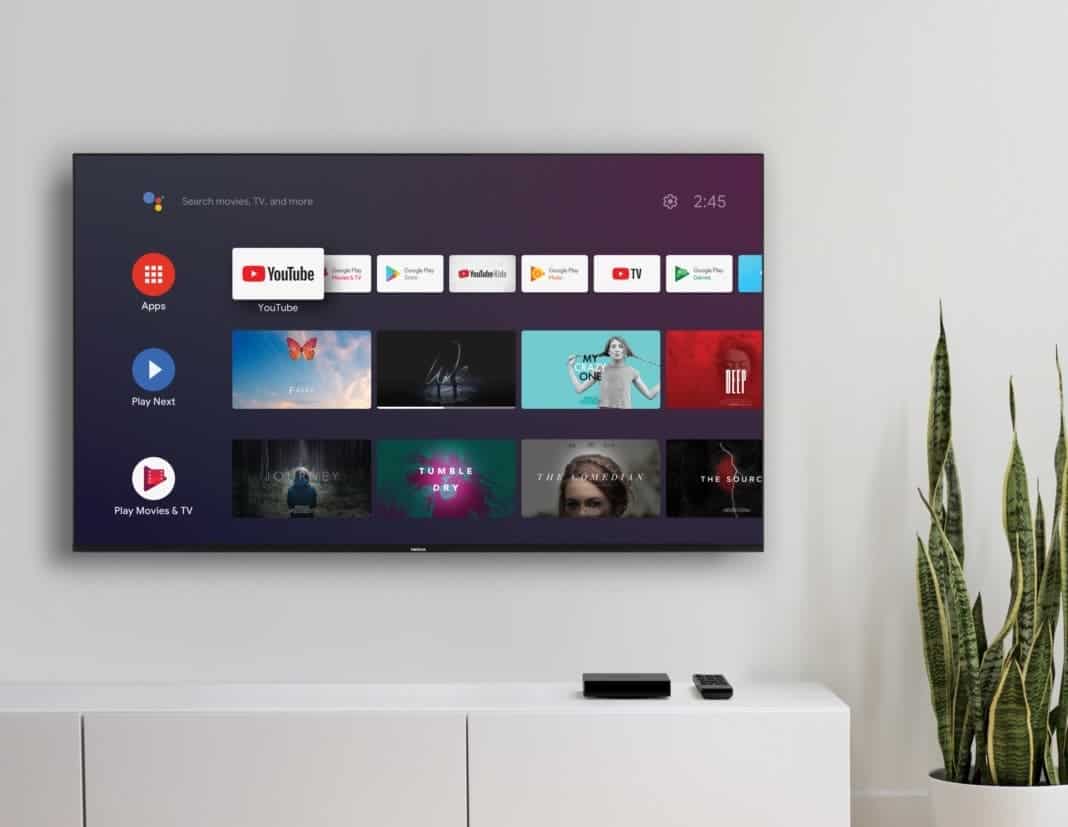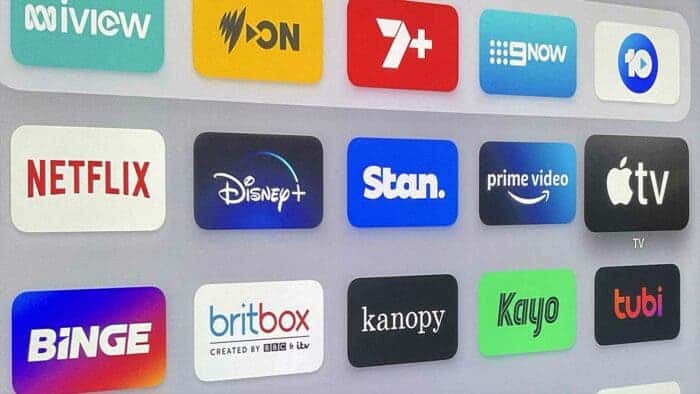The streaming business is in a state of flux. The profits of the major streaming companies have fallen by 90% since the last decade, and there is no clear solution in sight.
There are a number of factors that have contributed to this crisis. One is the sheer number of streaming services now available. In the United States alone, there are over 100 different streaming services, each with its own library of content. This has led to a situation where consumers are overwhelmed with choice, and are less likely to subscribe to multiple services.
Another factor is the rising cost of content. The price of producing high quality streaming content has increased dramatically in recent years. This has put pressure on streaming companies to raise their subscription prices, which has further alienated consumers.
The Troubles of the Streaming Business
- Netflix, the largest streaming service, lost subscribers for the first time in a decade in the first quarter of this year. The company attributed the loss to increased competition from other streaming services, as well as password sharing.
- Other streaming services have also reported losses in recent quarters. Disney+ lost $1.1 billion in operating income in the fourth quarter of last year, while Warner Bros. Discovery lost $3 billion.
- The cost of producing streaming content is rising. This is due to factors such as the increasing demand for high-quality content, as well as the need to acquire exclusive rights to popular titles.
- The market for streaming services is becoming increasingly saturated. There are now dozens of streaming services available, and the competition for subscribers is fierce.
As a result of these factors, the streaming business is not as profitable as it once was. In fact, some analysts believe that the industry is headed for a period of consolidation, as smaller players are forced to merge or go out of business.

The Streaming Business: How Can It Be Fixed?
The streaming industry is also facing increasing competition from traditional television. Cable and satellite companies are now offering their own streaming services, and they have the advantage of being bundled with other services, such as internet access.
In the face of these challenges, the streaming industry is looking for ways to adapt. One strategy is to focus on producing high quality, exclusive content. This is the approach that Netflix has taken, and it has been largely successful. However, it is a costly strategy, and it is not clear that all streaming companies will be able to afford it.
Another strategy is to offer lower cost, ad supported plans. This is the approach that Hulu has taken, and it has been successful in attracting new subscribers. However, it is not clear that this strategy will be sustainable in the long term.
The future of the streaming business is uncertain. It is possible that the industry will consolidate, with a few large players dominating the market. It is also possible that the industry will fragment, with a large number of smaller players competing for a share of the market.
Only time will tell what the future holds for the streaming business. However, it is clear that the industry is facing some significant challenges, and that it will need to adapt in order to survive.
The Challenges Facing the Streaming Industry
The streaming industry is facing a number of challenges, including:
- Competition. The streaming market is increasingly crowded, with new services launching all the time. This is making it difficult for streaming companies to stand out from the crowd.
- Cost. The cost of producing high quality streaming content has been rising steadily. This is putting pressure on streaming companies to raise their subscription prices, which could lead to customer churn.
- Piracy. The growth of piracy is another challenge facing the streaming industry. As more and more content becomes available online, piracy is becoming a growing problem.
- Changing viewing habits. The way people watch TV is changing. People are increasingly watching TV on their smartphones and tablets, which is making it difficult for streaming companies to deliver a consistent viewing experience across all devices.

The impact of the COVID-19 pandemic on the streaming industry
The COVID-19 pandemic has had a significant impact on the streaming industry. The following are some of the key impacts:
- Increased demand for streaming services. As people were forced to stay home during the pandemic, they turned to streaming services for entertainment. This led to a surge in demand for streaming services, with many services reporting record subscriber growth.
- Increased investment in streaming content. The increased demand for streaming services led to increased investment in streaming content. This meant that more money was available to produce new and original content, which in turn led to a wider variety of content available to stream.
- Changes in the competitive landscape. The streaming industry is already crowded, but the pandemic has accelerated the pace of competition. New streaming services have launched, and existing services have expanded their offerings in an effort to attract new subscribers.
- Challenges for the future. The streaming industry is facing some challenges for the future. One challenge is that the market is becoming increasingly crowded, which will make it difficult for new services to break through. Another challenge is that consumers are starting to experience “subscription fatigue,” as they are signed up for multiple streaming services.
Potential Solutions for the streaming industry
The streaming market is becoming increasingly crowded, with new services launching all the time. In order to stand out from the competition, streaming companies need to find ways to differentiate themselves. Here are a few ideas:
- Target a specific audience. Another way to differentiate a streaming service is to target a specific audience. This could be based on age, gender, interests, or even location. For example, Quibi was a streaming service that was specifically designed for mobile devices. It offered short form content that was perfect for watching on the go.
- Offer a unique user experience. The user experience is an important factor in any streaming service. Companies can differentiate themselves by offering a unique user experience that is tailored to their specific audience. This could include features like personalized recommendations, social integration, or even interactive content. For example, Disney+ offers a feature called “GroupWatch” that allows users to watch content together, even if they are not in the same place.
- Offer a competitive price. In today’s market, price is a major factor in consumers’ decision-making. Streaming companies can differentiate themselves by offering a competitive price. This could mean offering a free trial, a monthly subscription, or even a pay per view option. For example, Hulu offers a free trial that allows users to watch content for 7 days without having to pay anything.

The Future of the Streaming Industry
The future of the streaming industry is uncertain. However, there are a number of factors that suggest that the industry is still in its early stages of growth. The number of people who are cutting the cord is increasing, and more and more people are turning to streaming services for their entertainment.
If the streaming industry can adapt to the challenges it is facing, it has the potential to become a major force in the entertainment industry. However, if the industry does not adapt, it is likely to face further decline.
Trends that could shape the future of the streaming industry:
- The rise of artificial intelligence (AI) and machine learning (ML). AI and ML could be used to personalize the streaming experience for each user, as well as to recommend new content that users might enjoy.
- The growth of live streaming. Live streaming is becoming increasingly popular, and streaming companies are starting to offer more live content. This could include sports, concerts, and other events.
- The expansion into new markets. The streaming industry is already global, but it is still growing in many parts of the world. Streaming companies will need to continue to expand into new markets in order to reach new viewers.
The streaming industry is a dynamic and rapidly changing industry. The companies that are able to adapt to the changing landscape will be the ones that are most successful.
Some points of view from successful companies in the industry:
- Netflix has been one of the most successful streaming companies in the world. The company has achieved this success by focusing on producing high quality, exclusive content. Netflix has also been successful in expanding into new markets, such as India and Latin America.
- Disney+ is another successful streaming company. The company has achieved this success by leveraging its vast library of content, which includes content from Disney, Marvel, Pixar, and Star Wars. Disney+ has also been successful in expanding into new markets, such as India and Latin America.
- Hulu is a streaming company that offers a variety of content, including both original content and content from other providers. Hulu has been successful in attracting subscribers by offering a competitive price and a wide variety of content.
These are just a few of the companies that are successful in the streaming industry. These companies have all been able to adapt to the challenges of the industry and to find ways to differentiate themselves from their competitors.





